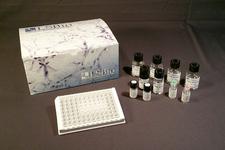order histories, retained contact details for faster checkout, review submissions, and special promotions.
Forgot password?
order histories, retained contact details for faster checkout, review submissions, and special promotions.
Locations
Orders Processing,
Shipping & Receiving,
Warehouse
2 Shaker Rd Suites
B001/B101
Shirley, MA 01464
Production Lab
Floor 6, Suite 620
20700 44th Avenue W
Lynnwood, WA 98036
Telephone Numbers
Tel: +1 (206) 374-1102
Fax: +1 (206) 577-4565
Contact Us
Additional Contact Details
order histories, retained contact details for faster checkout, review submissions, and special promotions.
Forgot password?
order histories, retained contact details for faster checkout, review submissions, and special promotions.
His Tag
A polyhistidine-tag is an amino acid motif in proteins that consists of at least six histidine (His) residues, often at the N- or C-terminus of the protein.The tag serves as a vector for the induced expression and production of that protein. His-tags are useful for protein purification due to the strong ionic affinity of histidines to various metals used in chromatography columns that allow for a tagged protein to be selected for in high purity.
His Tag Target Details
| Target Name: | His Tag |
Publications (5)

If you do not find the reagent or information you require, please contact Customer.Support@LSBio.com to inquire about additional products in development.









